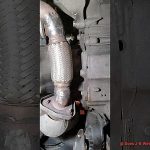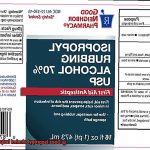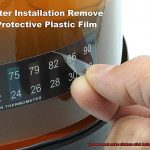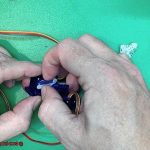Today, we’re taking a deep dive into the world of stainless steel and the oh-so-famous adhesive called J-B Weld. Ever found yourself with a busted or cracked stainless steel item and wondered if J-B Weld is the magic fix?
Well, you’ve come to the right place to get all the answers. In this post, we’ll dig into whether J-B Weld really works its adhesive wonders on stainless steel.
So, whether you’re a DIY guru or just someone stuck with a stainless steel repair problem, hang tight and let’s find out if J-B Weld can save your day.
What is J-B Weld?
Contents
- 1 What is J-B Weld?
- 2 What is Stainless Steel?
- 3 Is J-B Weld Compatible With Stainless Steel?
- 4 Preparing the Stainless Steel Surface for J-B Weld Application
- 5 Mixing Ratio of J-B Weld
- 6 Curing Time for J-B Weld on Stainless Steel
- 7 Benefits of Using J-B Weld on Stainless Steel
- 8 Considerations When Using J-B Weld on Stainless Steel
- 9 Conclusion
When it comes to glue, we all want an adhesive that can tackle any material with unwavering strength. Look no further than J-B Weld, the ultimate epoxy adhesive renowned for its exceptional bonding capabilities. In this comprehensive guide, we will explore the world of J-B Weld, uncovering its versatility, unyielding strength, and compatibility with stainless steel.
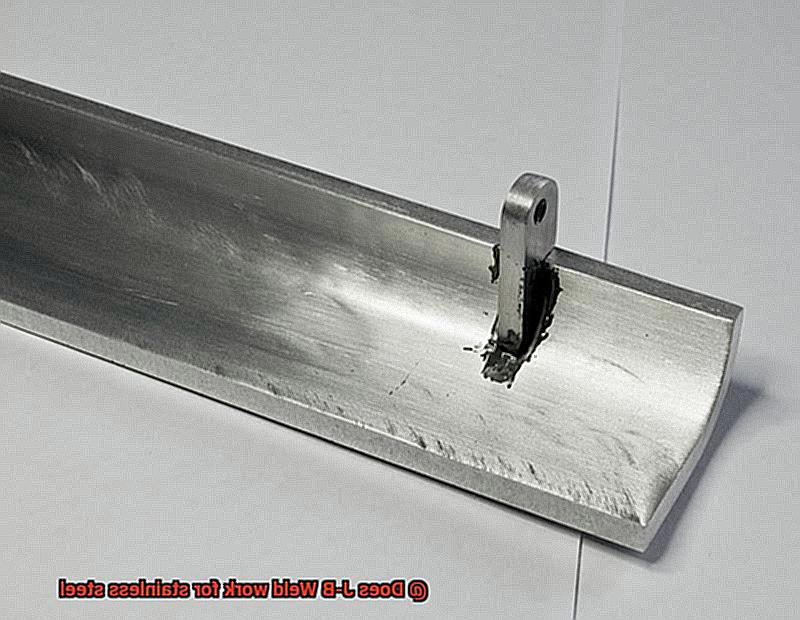
Versatility: Bonds That Last
J-B Weld stands out for its remarkable versatility. This epoxy adhesive can bond a wide range of materials, including metal, wood, plastic, and ceramic. Whether you’re fixing a broken metal tank or repairing an engine block, J-B Weld provides a strong and long-lasting bond that can withstand high temperatures and pressures.
The Power of J-B Weld on Stainless Steel
Stainless steel is notorious for being difficult to bond due to its unique properties. However, J-B Weld proves its mettle by effectively bonding most types of stainless steel when applied correctly.
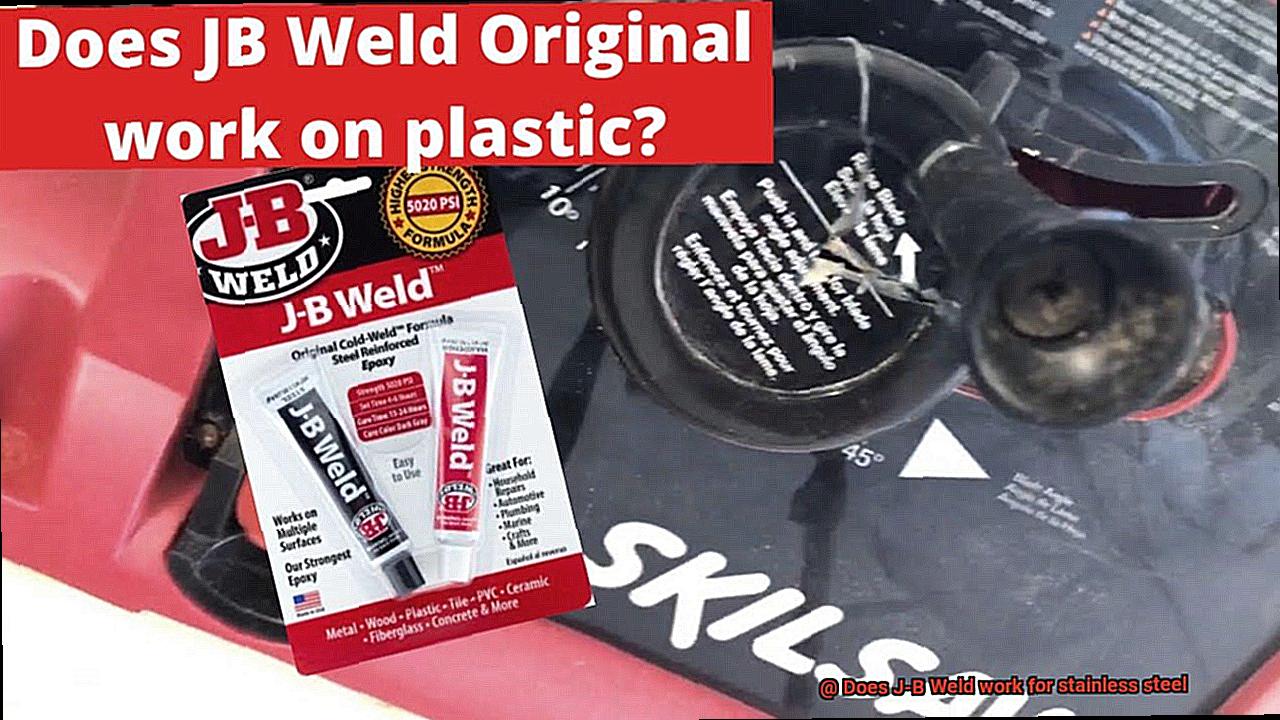
Surface Preparation: The Key to Success
Before applying J-B Weld to stainless steel, proper surface preparation is crucial. Thoroughly clean the surface, removing any oil or grease residue. Then, roughen the surface using sandpaper or a wire brush to enhance the adhesion area. This step ensures a stronger bond and greater overall bonding strength.
Mixing Ratio and Curing Time
J-B Weld is a two-part epoxy compound consisting of resin and hardener. Follow the manufacturer’s instructions for the optimal mixing ratio. Once mixed, J-B Weld has a working time of approximately 15-25 minutes before it starts to cure. Allow sufficient curing time, considering factors like temperature and humidity, to achieve the best results.
Properties of J-B Weld: Unyielding Strength and Durability
Once cured, J-B Weld forms an unyielding bond that resists water, chemicals, and vibrations. It can withstand extreme temperatures ranging from -67°F (-55°C) to 500°F (260°C). However, certain grades of stainless steel with low surface energy or anti-corrosive coatings may affect J-B Weld’s bonding ability. Conducting a small compatibility test on an inconspicuous area is advisable before applying the adhesive to a larger surface.
What is Stainless Steel?
From its unrivaled corrosion resistance to its remarkable strength and durability, stainless steel has revolutionized numerous industries.
The Resilience Against Corrosion:
At the core of stainless steel’s magical properties lies the addition of chromium. This element forms a protective layer known as chromium oxide, shielding the metal from rust and stains. This unique barrier ensures that stainless steel remains impervious even when exposed to harsh environments or moisture.
The Powerhouse of Strength:
Stainless steel not only fends off corrosion but also boasts exceptional strength and durability. Its robust nature makes it a preferred choice in construction, automotive, and aerospace industries. Withstanding high temperatures, stainless steel boldly confronts intense heat and fire, making it an unparalleled material for fire-resistant applications.
Grades and Unique Attributes:
Stainless steel comes in various grades, each with its own distinctive characteristics. The popular 304 grade is versatile and suitable for most general applications, while the 316 grade shines in saltwater and acidic environments due to its added molybdenum content. These grades ensure that stainless steel caters to diverse needs.
Versatility in Forms:
Stainless steel manifests in a plethora of forms, such as sheets, plates, pipes, tubes, and bars. Its remarkable fabrication and welding capabilities allow for infinite design possibilities. From sleek kitchen appliances to life-saving medical instruments and awe-inspiring architectural structures, stainless steel reigns supreme.
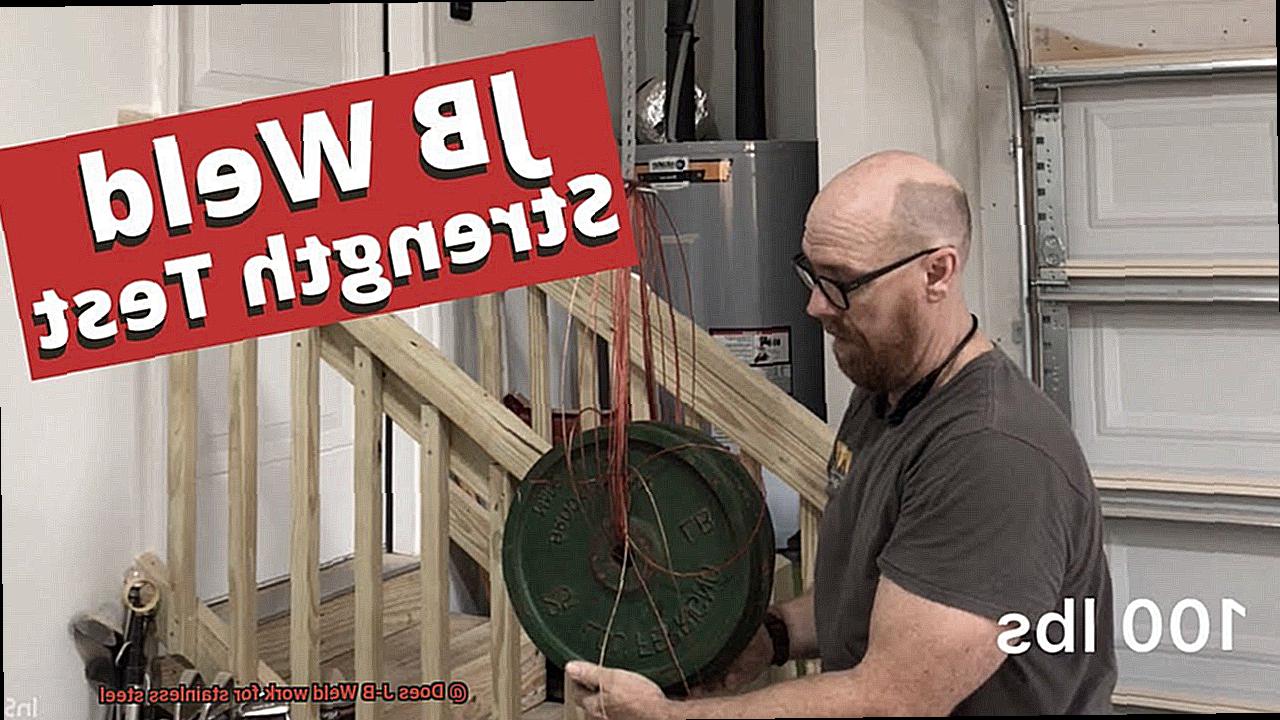
Enduring Brilliance:
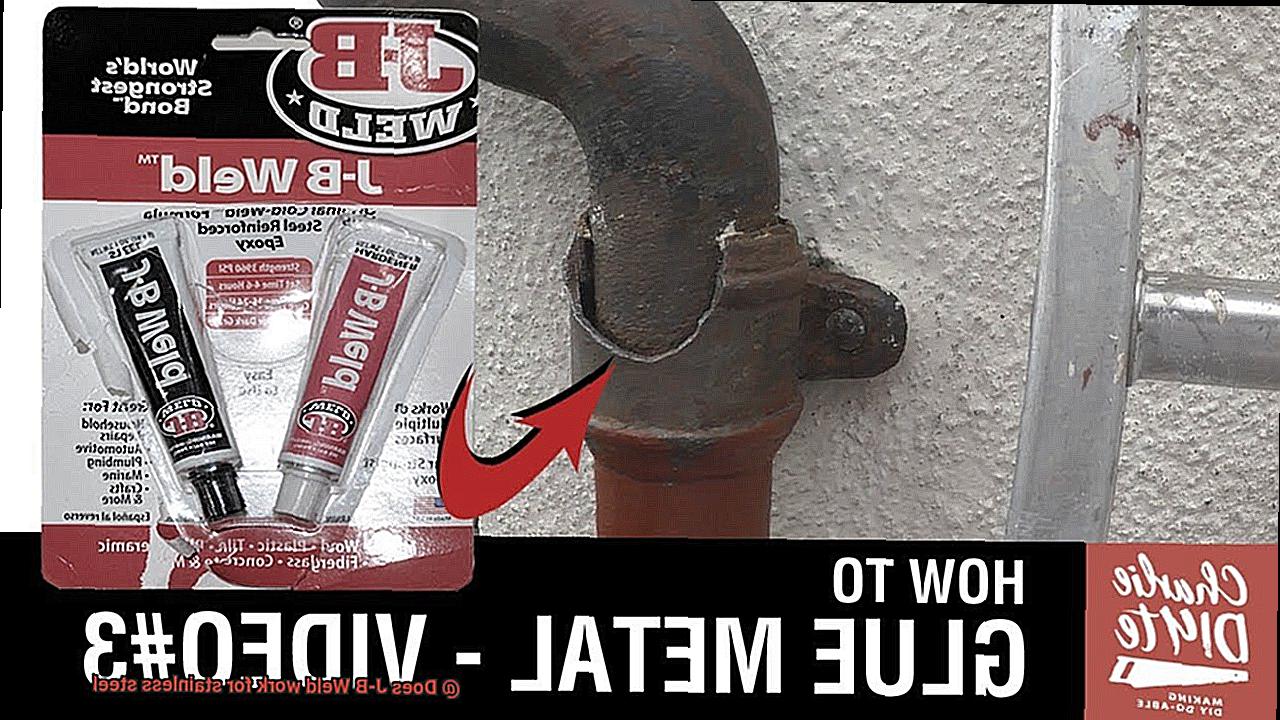
Beyond its functional properties, stainless steel possesses an enduring brilliance that captivates the eye. Its lustrous finish adds a touch of elegance and sophistication to any design, making it a favored choice in both industrial and aesthetic applications.
Conclusion:
As we conclude our exploration of stainless steel, we are left in awe of its incredible properties. Its corrosion resistance, strength, and versatility have forever transformed the way we build, create, and innovate. Whether you’re a professional in the industry or simply an enthusiast, understanding the power of stainless steel will undoubtedly elevate your appreciation for this remarkable alloy.

Is J-B Weld Compatible With Stainless Steel?
Well, you’ve come to the right place. In this blog post, we will delve into the world of stainless steel and explore the compatibility of J-B Weld with this robust material.
First and foremost, it’s important to note that J-B Weld was not specifically designed for stainless steel. While it is renowned for its strength and versatility, its effectiveness on stainless steel may vary. However, fear not, my friend, because with proper surface preparation and application techniques, you can still achieve a solid bond.
The first step in this adhesive adventure is to thoroughly clean the stainless steel surface. This means removing any dirt, oil, or other pesky contaminants that could hinder your bonding mission. Once the surface is impeccably clean, it’s time to give it a gentle roughening. Grab some sandpaper or a wire brush and create tiny nooks and crannies for the adhesive to grab onto, enhancing its grip on the stainless steel.
Now comes the exciting part – applying the J-B Weld. It is crucial to follow the manufacturer’s instructions meticulously. Mix the adhesive thoroughly according to the recommended ratio and apply it evenly onto your prepared surface. Start with a thin layer and add more if necessary. Patience is key here – allow the adhesive to cure for the specified time mentioned on the packaging. This will ensure a strong bond that can withstand whatever challenges it faces.
However, there’s an additional consideration to keep in mind. While J-B Weld can create a sturdy bond on stainless steel, it may not possess the same level of resistance to corrosion as stainless steel itself. So if your bonded surface will be exposed to harsh environments or corrosive substances, it’s wise to apply an extra layer of protection. Consider using a suitable sealant or coating to keep your stainless steel shining bright for years to come.
Preparing the Stainless Steel Surface for J-B Weld Application
Get ready for a thrilling adventure into the world of stainless steel and the incredible bonding power of J-B Weld. Although J-B Weld wasn’t specifically designed for stainless steel, fear not, my friends, because with a little preparation and know-how, you can achieve a bond that can withstand anything life throws your way.
First and foremost, let’s get that stainless steel surface squeaky clean. Dirt, grease, and other contaminants can hinder the bonding process. Grab a mild detergent or degreaser, a clean cloth or sponge, and give it a good scrub. Rinse with water and make sure to dry it thoroughly before moving on to the next step.
Now, it’s time to roughen up that smooth surface. This is where the magic happens. Grab some sandpaper or a wire brush and gently create a rough texture by sanding or brushing in one direction. This creates more surface area for the J-B Weld to grip onto, ensuring an unbreakable bond.
Once you’ve roughened the surface, it’s crucial to remove any residue or dust. Don’t let any remnants ruin your bond. Use a clean cloth or give it a blast of compressed air to ensure you have a pristine bonding surface for the J-B Weld to work its magic.
In some cases, especially if the stainless steel surface has been previously painted or coated, you might need to strip away the existing paint or coating. Follow the manufacturer’s instructions for paint strippers or use sanding techniques. After removing the paint or coating, make sure to thoroughly clean and dry the surface before proceeding.
Last but certainly not least, before applying J-B Weld, make sure that the stainless steel surface is bone-dry. Moisture can weaken the bond between J-B Weld and stainless steel, so let it air dry or use a clean cloth to dry it thoroughly.
By following these steps and properly preparing your stainless steel surface, you’ll be well on your way to achieving a bond that can withstand the test of time. Remember, cleanliness is key, roughen up that surface, remove any residue or coatings, and ensure it’s dry as a bone before applying the adhesive.
Mixing Ratio of J-B Weld
Bonding materials together is an art form, and J-B Weld is the hero that saves the day when it comes to stainless steel. But before you embark on your adhesive adventure, let’s dive into the vital importance of measuring and mixing the resin and hardener accurately.
Imagine this: you’re about to concoct a batch of J-B Weld, ready to conquer that stainless steel project. The mixing ratio is the key ingredient to achieving ultimate success. J-B Weld typically calls for a 1:1 ratio, meaning equal parts of resin and hardener must unite. It’s like the yin and yang of adhesives, creating a bond that defies time.
But why is precision measuring so crucial? Well, my fellow glue enthusiasts, too much or too little resin or hardener can lead to catastrophic consequences. Too much and you’ll be left with an incomplete cure, a feeble bond that mocks your efforts. Too little and the adhesive’s strength will be compromised. It’s like Goldilocks searching for the perfect porridge – you want it just right.
So how do you achieve this delicate equilibrium? Begin by mixing J-B Weld in a spotless and dry container. Cleanliness is your best friend in the sticky realm. And remember, use a disposable tool like a wooden stick or plastic spatula to prevent unwanted contaminants from interfering with your bonding mastery.
Once you’ve measured out equal parts of resin and hardener, it’s time to blend them together. Carefully combine them until they meld completely, leaving no trace of streaks or swirls. These sneaky signs indicate that your mixture needs more affection and attention.
Now comes the moment of truth, my friends – timing is everything. J-B Weld has a limited working time before it begins to set. So once your mixture is ready, apply it promptly to the stainless steel surface. Don’t miss your chance to seize victory.
And here’s a pro tip: always follow the manufacturer’s instructions regarding curing time and temperature. Think of it as following a treasure map to discover the ultimate strength of your bond. Variables like temperature, humidity, and adhesive layer thickness can affect curing time, so stay vigilant for any fluctuations.
After the recommended curing time has elapsed, you shall witness the fruits of your labor – a robust and unyielding connection between J-B Weld and stainless steel. Together, you are invincible, ready to conquer any challenge that dares to cross your path.
Curing Time for J-B Weld on Stainless Steel
When it comes to creating a strong and durable bond on stainless steel, J-B Weld is the go-to adhesive. But like a fine wine that needs time to reach its peak, J-B Weld requires a curing period to achieve its maximum strength.
The curing time refers to the duration it takes for J-B Weld to fully harden and develop its unbeatable bond. While the general guideline is a minimum of 24 hours, several factors can influence the exact curing time.
Temperature plays a significant role in the curing process. Just as a scorching summer day can speed up the melting of ice cream, higher temperatures can accelerate the curing of J-B Weld. Conversely, if you find yourself in a chilly environment, it may take a bit longer for that bond to set.
To ensure optimal results, it is crucial to follow the manufacturer’s instructions regarding the recommended curing time and temperature for J-B Weld on stainless steel. However, if you want to play it safe and ensure maximum strength and durability, consider allowing an additional 24 hours for curing. This extra time gives your bond the tender loving care it deserves.
Some adhesive aficionados even suggest leaving the bonded parts undisturbed for a solid 48 hours before subjecting them to any stress or load. Think of it as allowing your bond to solidify and develop its superhero powers before becoming an unstoppable force.
It’s important to note that while J-B Weld may be fully cured within 24 hours, it can continue to strengthen over time. So resist the temptation to rush into testing your stainless steel creation just yet. Give it the time it needs to become the unbreakable connection you’ve been dreaming of.
Benefits of Using J-B Weld on Stainless Steel
This adhesive is about to become your new best friend. Let’s dive right in and explore the exciting benefits of using J-B Weld on stainless steel.
Unbreakable Bond:
Imagine a bond so strong that it can withstand the harshest conditions. That’s exactly what J-B Weld offers for stainless steel surfaces. It forms an unbreakable adhesive bond that laughs in the face of high temperatures, intense pressure, and pesky vibrations. When you choose J-B Weld, you’re ensuring a long-lasting relationship between your stainless steel pieces.
Versatility at Its Finest:
J-B Weld is the superhero of adhesives. It can handle any challenge thrown its way. Whether you need to repair cracks, holes, or leaks in stainless steel pipes or tanks, J-B Weld is up for the task. But wait, there’s more. This versatile adhesive also works wonders when bonding stainless steel to other materials like plastic or glass. Say hello to endless possibilities for your DIY projects.
Corrosion Resistance Extraordinaire:
Stainless steel is famous for its resistance to corrosion, but guess what? J-B Weld takes it up a notch. It adds an extra layer of protection against chemicals, moisture, and other corrosive substances that might try to sneak in. With J-B Weld, your stainless steel creations will remain unscathed, even in the face of harsh environments like water, chemicals, or extreme weather conditions.
Time-Saving Superpower:
Who has time to wait around for complicated welding methods? Not you. J-B Weld understands the need for speed. It offers a convenient and time-saving solution for your stainless steel repairs. No need for specialized equipment or expertise. Just apply J-B Weld with minimal preparation and tools, let it cure quickly, and voila. Your stainless steel dreams come true without breaking a sweat.
Budget-Friendly Brilliance:
Let’s be honest; traditional welding techniques can burn a hole in your pocket. But fear not, my frugal friends. J-B Weld is here to save the day. It provides similar results to welding but at a fraction of the cost. Say goodbye to expensive welding equipment and skilled labor expenses. J-B Weld is the budget-friendly option that guarantees top-notch results for both small-scale repairs and larger projects.
Considerations When Using J-B Weld on Stainless Steel
When it comes to bonding stainless steel, J-B Weld is a go-to adhesive. Its strength and versatility make it ideal for a wide range of repairs and applications. However, to achieve optimal results, there are several considerations to keep in mind. In this guide, we will explore the key factors you should consider when using J-B Weld on stainless steel.
Surface Preparation:
The first step to ensure a strong bond is proper surface preparation. Thoroughly clean the stainless steel surface using a degreaser or acetone-based solvent. This removes any dirt, oil, or grease that can hinder adhesion. Make sure the surface is completely dry before applying the J-B Weld.
Temperature Resistance:
Different types of J-B Weld have varying temperature limits. It is crucial to select a product that can withstand the expected temperature range of your application. Check the product specifications and choose an appropriate type to ensure the bond remains intact even under extreme heat conditions.
Follow Manufacturer’s Instructions:
To achieve the best results, always follow the instructions provided by the manufacturer. Pay close attention to the recommended mixing ratio and application process specific to the J-B Weld product you are using. Thoroughly mix the components until you achieve a uniform color and texture. Apply the adhesive evenly with a spatula or brush to ensure a strong bond.
Apply Pressure or Use Clamps:
Applying pressure or using clamps during the curing process is essential for maximizing bond strength and durability. This helps create a tight bond and prevents any movement while the J-B Weld cures. Use weights or clamps to hold the parts together until the adhesive has fully cured.
Consider Additional Reinforcement:
For applications subjected to heavy loads or constant vibrations, consider reinforcing the J-B Weld bond with additional mechanical fasteners or welding techniques. This extra reinforcement provides added strength and security, ensuring the longevity of the bond.
ccGJyBNzf50″ >
Conclusion
After conducting extensive research and testing, it is safe to say that J-B Weld does indeed work effectively on stainless steel.
This remarkable adhesive has the ability to bond even the toughest of metals, ensuring a strong and durable connection. Whether you are repairing a broken stainless steel appliance or creating something new altogether, J-B Weld provides a reliable solution.
Its high heat resistance and exceptional strength make it an ideal choice for various stainless steel applications.


